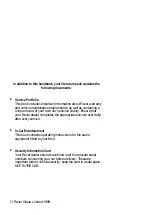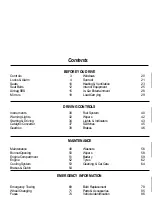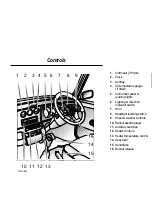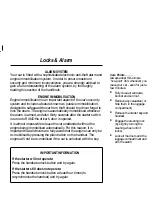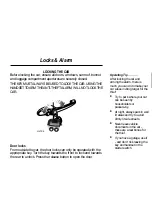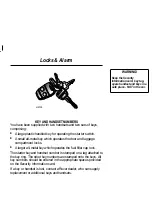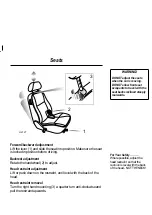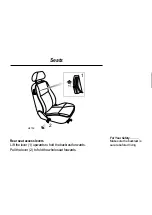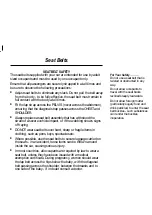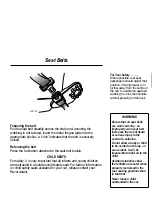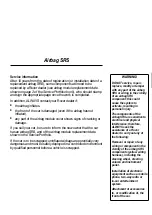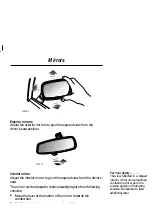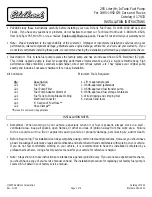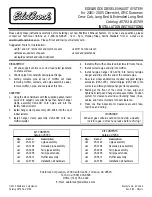
Locks & Alarm
4
ALARM SYSTEM
Your car is fitted with a sophisticated electronic anti-theft alarm and
engine immobilisation system. In order to ensure maximum
security and minimum inconvenience, you are strongly advised to
gain a full understanding of the alarm system, by thoroughly
reading this section of the handbook.
ENGINE IMMOBILISATION
Engine immobilisation is an important aspect of the car’s security
system and includes a feature known as ’passive immobilisation’,
designed to safeguard the car from theft should the driver forget to
lock the doors. The engine is automatically immobilised whenever
the alarm is armed, and also thirty seconds after the starter switch
is turned off AND the driver’s door is opened.
It is almost impossible to leave the car unattended without the
engine being immobilised automatically. For this reason, it is
important that all drivers are fully aware that the engine can only be
re-mobilised by pressing the plain button on the handset. The
engine will not be re-mobilised if the car is unlocked with the key.
IMPORTANT INFORMATION
If the starter will not operate:
Press the handset unlock button and try again.
If the starter still does not operate:
Press the handset unlock button at least four times (to
resynchronise the handset) and try again.
Care Points .........
Always adopt this simple
’five-point’ drill, whenever you
leave your car - even for just a
few minutes:
•
Fully close all windows,
bonnet and sunroof.
•
Remove any valuables (or
hide them in the luggage
compartment).
•
Remove the starter key and
handset.
•
Engage the steering lock
(by slightly turning the
steering wheel until it
locks).
•
Lock all the doors and the
luggage compartment and
arm the alarm.



